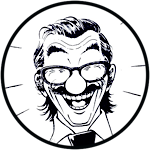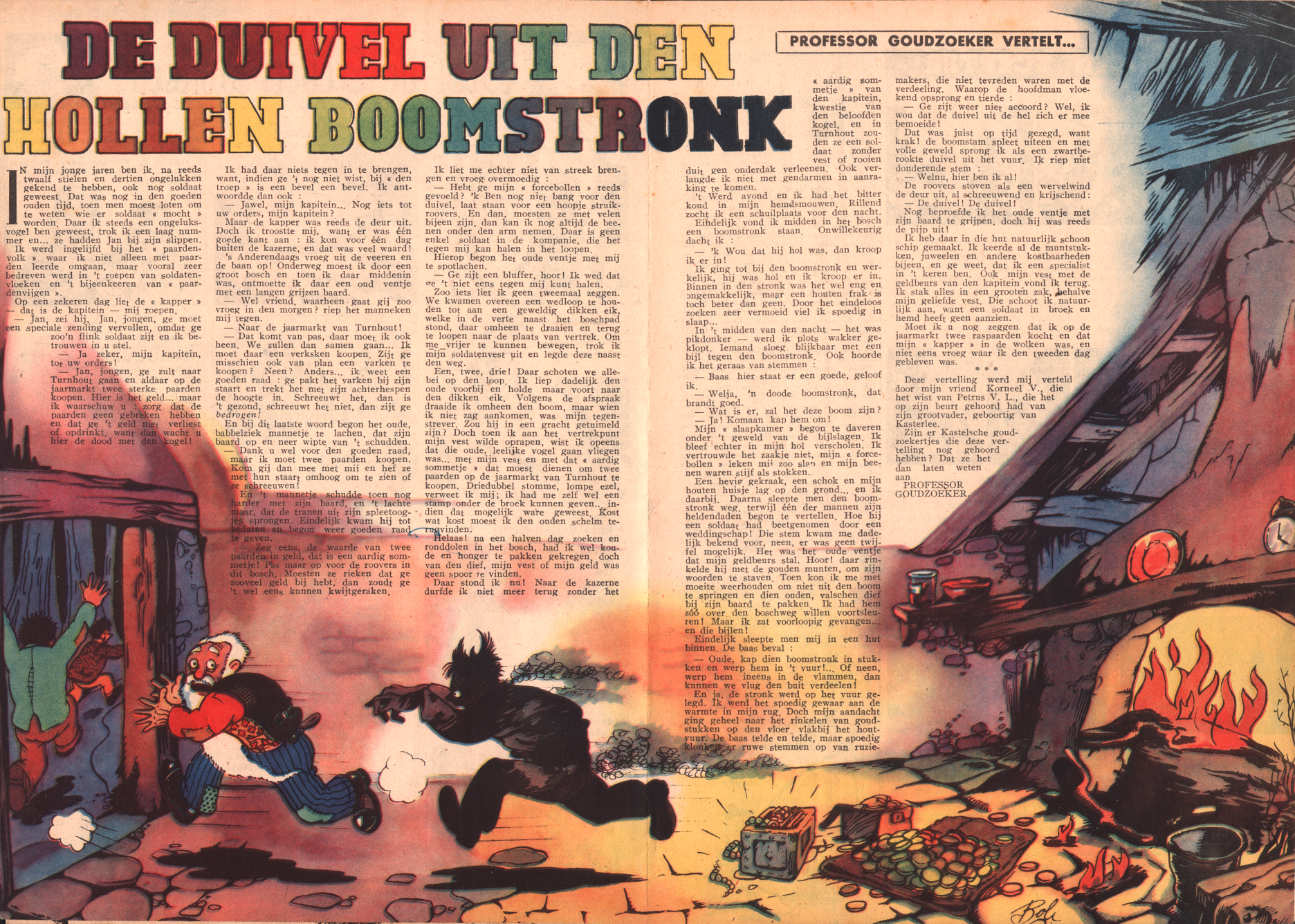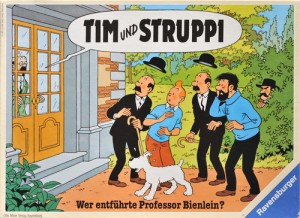
The Studios Hergé were quite active in all kinds of merchandise and most (if not all) of the drawings used for these were made by Bob De Moor. But sometimes a client would handle things a bit too freely as you will notice.
In 1987 Ravensburger released a board game in which Professor Calculus was kidnapped. The players needed to figure out who did it and where he was by moving on the board in order to try to gather as much information as possible. The two proof-cards on the board indicated which objects the kidnapper lost while fleeing Professor Calculus’ laboratory. The kidnapper would therefore not have those objects on him.
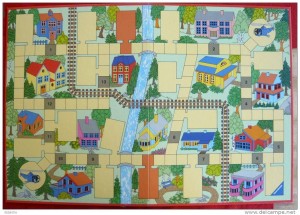
The cover drawing was by Bob De Moor and of course evokes the “The Calculus Affair” album from 1956. The drawing is very clean and offers the quality you would expect from Bob De Moor. But, unlike what you’d expect, the actual game only had limited artwork done by De Moor (hence also the title of this article “Professor Calculus was kidnapped, but so was Bob De Moor you’d think”).
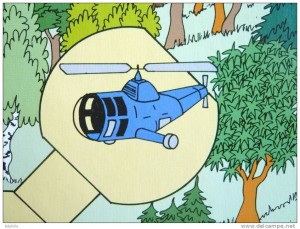
If you look at the board game, you’ll realize that it was certainly not made by De Moor but rather by the game designer (A.B. Chr. Olsen ?). It was not what one would call a success as far as design is concerned. The frames are not well drawn, the ‘modern villas’ look very cheap and the overal green decors don’t reflect the typical greens which Bob De Moor would use. Also the helicopter in this ‘Olsen’ version was far from being a success.
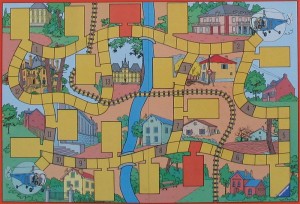
As it happens, the Studios Hergé weren’t really happy about how things turned out in this 1987 version neither, hence why the 1988 version would correct a lot of the design ‘horrors’. Nevertheless you can’t really say that the overal design of the ‘updated’ inside was quality work up to the standards of the Studios Hergé.
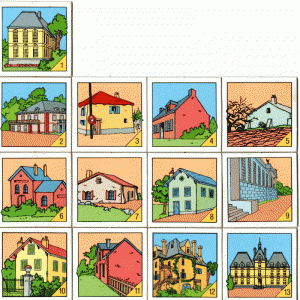
As you can see this new version does take several elements from the existing Tintin albums and the helicopter is now piloted by Tintin and Captain Haddock, an image which was taken from the “The Calculus Affair” album. But there are still some drawings in there which have been corrected/cut in a rather clumsy way. Which makes us think that the Fondation Hergé (created in 1987) didn’t want to spend too much work on it and probably just gave them some drawings to work with. It makes the value of this game rather limited. For collectors this advise: the artwork of the frontpanel is the only valuable thing about it.
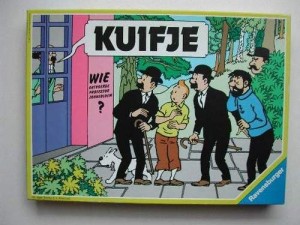
A dutch version of the game was less lucky and got an equally hideous design on the frontpanel, which was not made by Bob De Moor but again by the game designer. To be avoided at all cost – although some foolish collectors have paid big money for a mint copy of this game.
Part of the scans come from the collection of Laszlo Carreidas.
